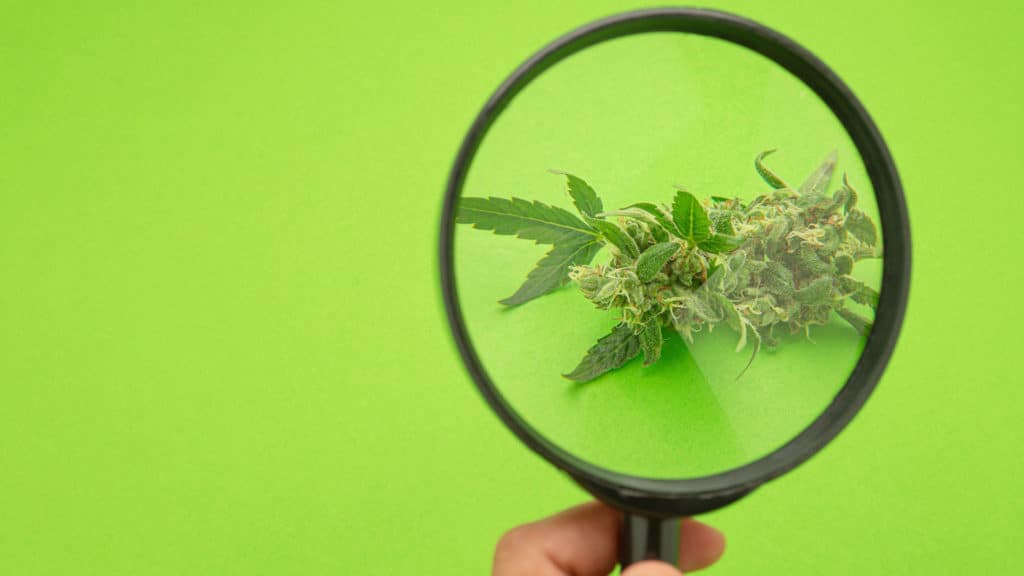It’s just a plant, right? How complicated can it be? Well, it turns out that cannabis is incredibly complex. The more we learn, the more questions we have, and many times the legal market is still well behind science. Sativa, indica, and hybrid are lazy marketing tactics used to tell consumers how they should feel with particular strains of cannabis. Yet, that’s a narrow view of classifying the plant’s effects. So, if you’re ready to take your weed knowledge to the next level, let’s dive into cultivars, chemotypes, and chemovars.
Cannabis Categories are Complex
Have we been using the wrong terms to classify cannabis? Sort of, but it’s not all off base. Although there is a more accurate way to describe how a plant grows, what it’s made of, and how it will affect you. The terms cultivars, chemotypes, and chemovars will help you understand a bit more about the plant. At the very least, it will be an interesting topic to discuss over your next smoke session.
What Are Cannabis Cultivars?
You’ve probably seen this word used to describe things at greenhouses, garden stores, or anywhere you might buy plants. Not just weed plants but tomatoes, fruits, herbs, and other foods have different “cultivars.” It’s a term used to describe the modification of a plant. Basically, a cultivar is like a variety, and it came to be by selective breeding over time.
It describes different plant characteristics that exist within the same species. Somewhere along the line, we started using the word “strain” instead of “cultivar” to describe the difference in cannabis genetics from one plant to the next. Breeders hybridized landrace strains repeatedly, and each new variety was given a strain name.
Heirloom tomatoes like Beefsteak were bred to produce hybridized cultivars like Brandywine, Cherokee Purple, and Black Krim. Comparatively, growers bred the landrace strain Hindu Kush to produce OG Kush and Purple Kush. Famous cannabis cultivars like AK-47 and White Widow can also be traced back to Hindu Kush lineage.
In short, if you swap out “strain” for “cultivar” you have stepped up your cannabis glossary game.
What Are Cannabis Chemotypes?
“Chemotype” describes a plant’s “chemical type.” It was coined in the 70s as a way to group cultivars together based on their cannabinoid profiles. However, this initial classification was slightly limited in scope. It began with only three categories: high THC, high CBD, and a balanced ratio of THC:CBD.
- Type 1: High THC
- Type 2: Balanced THC:CBD
- Type 3: High CBD
The chemotype categorization is helpful to consumers who want to know more about what to expect from their experience. Clearly, a high THC strain will have much more psychotropic effects than a high CBD strain, but may not offer the same therapeutic benefits. Yet, a balanced ratio is attractive to someone looking for a more complete entourage effect or a little CBD to take the edge off of the THC.
Of course, we now know that there are several other cannabinoids present in the profile. Researchers are currently working towards a more robust database for cannabis chemotypes to include major players like CBN, CBG, CBC, CBG, and others.
What Are Cannabis Chemovars?
The term “chemovar” takes chemotypes one step further. Instead of strictly cannabinoid classification, chemovars include terpenes in the mix. We categorize cannabis chemovars based on one to two dominant cannabinoids plus two to four dominant terpenes.
There may be hundreds of types of chemovars in the cannabis kingdom. We trust that botanists and their researchers are working to help identify them more clearly. To help add a little context, consider the above chemotypes.
An example of a possible chemovar classification would look like:
- Type 1: High THC (20%) + myrcene, linalool, pinene
- Type 2: Balanced THC:CBD (10%, 11:5) + pinene, linalool, terpinolene
- Type 3: High CBD (25%) + linalool, caryophyllene, limonene
If we were to classify cannabis based solely on chemovar, there would be much less need for “strain” names. Using ‘chemovars’ is the most accurate and up-to-date way to classify cannabis.
How Do These Classifications Affect Your High?
Aside from making you feel like the wizard of weed knowledge, these terms actually mean something. Cultivars, chemotypes, and chemovars tell us much about what we can expect regarding effects and benefits. Cultivars are the surface-level naming convention to swap out with strains. Scientists use this term for bacterial and fungal ‘strains’ and it doesn’t really relate to marijuana.
Chemotypes are an excellent identifier for consumers who want to know about the psychoactive potency of a cultivar. It has less to do with a desire for the tastiest or most aromatic cultivar. Instead, it’s more about what you want or need from the cannabinoids. This single identifier would be immensely useful in a dispensary setting as a way to help educate consumers.
Although not fully baked, adding chemovar identifications taps into the entourage effect and how our bodies assimilate the cannabinoids through our endocannabinoid system. We know that the combination of terpenes and cannabinoids produces this phenomenon to varying degrees based on the unique profiles.
Still, we have a long way to go to fully identify what kind of potential this holds for consumers. Sure, anyone looking for specific flavors and aromas might gravitate toward a specific terpene profile. But what would happen if we dialed in the chemovars to tell consumers exactly what kind of full-spectrum effects they’ll get from a particular chemovar?
Sounds dreamy, right? There will always be additional variables that are hard to nail down. For example, ten growers could take a cutting from the same mother and grow them within 50 miles of each other and end up with different test results. The terroir, nutrient program, pH levels of the water, and other environmental conditions affect the end product immensely.
The Future of Cannabis Research
The future is bright for closing in on the complexities of cannabis classifications. Researchers around the globe are studying cultivars, chemotypes, and chemovars to understand better how we can harness cannabis’ potential. Without a doubt, someday we may be able to perfectly dial in an exact prescription or dosage for various ailments or health-related goals and eliminate much of the guesswork we still rely on today.





